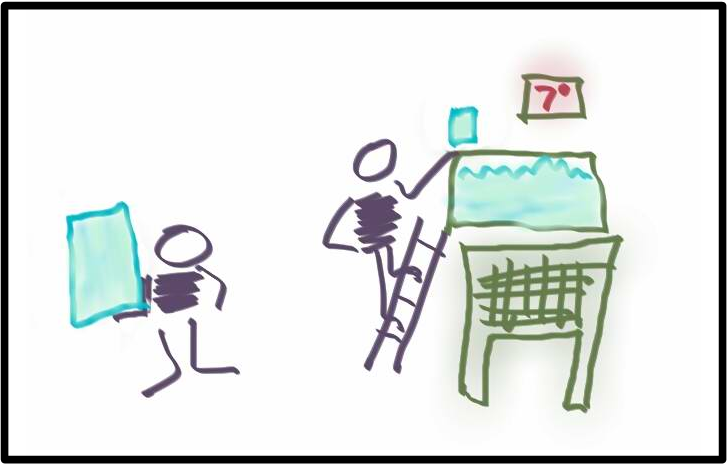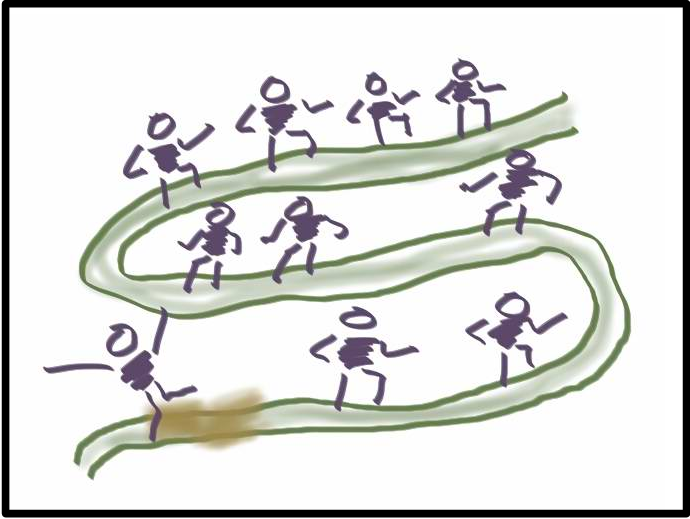There are companion posts from Marc Burgauer and Trent Hone about this topic – these 3 posts are our initial thoughts based on some Twitter interactions.
For the purpose of this post, the term ‘automation’ should be considered in the broadest possible sense.
If we think about software supporting and automating tasks such as ordering products and producing bills, then continuous delivery is like automating parts of the software delivery process. I thought that it might be a useful thought-activity to consider other forms of automation and see if that generates any insights – especially around how we decide what things are safe to automate and what things need to have human judgement applied.
One form of automation is refrigeration – imagine if it was manual. We would need to keep an eye on the temperature and add ice whenever it went over a certain amount.
In a broader sense, even pathways might be considered an automatic guide for where to step next and a convenient way to find places.
In the above two examples, we might make the decision about where to build a path once we see a worn track where many people have walked. We might decide to automate refrigeration because transporting and adding ice manually is very labour intensive.
On the safety side – a worn dirt track is not as safe as a textured concrete path because in the wet, it might be slippery. Also, hauling ice through the house risks injury and if we forget to add ice at the right time, our food will become contaminated and make us sick.
If we abstract these concepts, here are some good reasons to automate something
- We have already done it many times and will continue to do it the same way
- We know exactly what we need to do and it is hard to do it manually
- Problems are happening due to lack of care
There is still a bit more pondering to do with these thoughts and I am looking forward to further inputs and insights from Marc Burgauer and Trent Hone – thank you to both.


